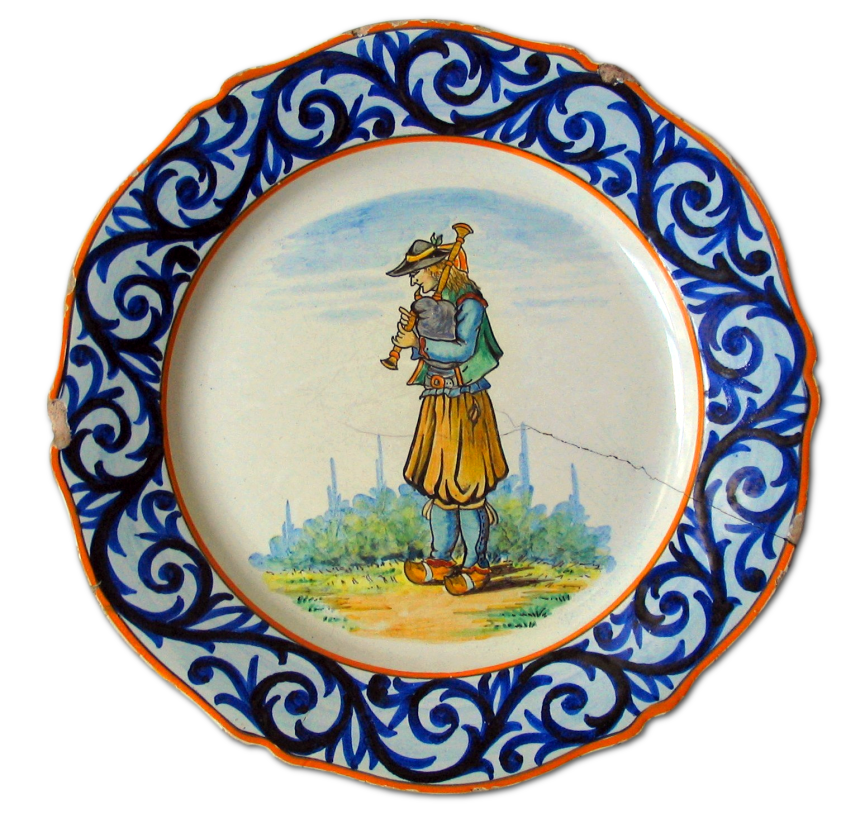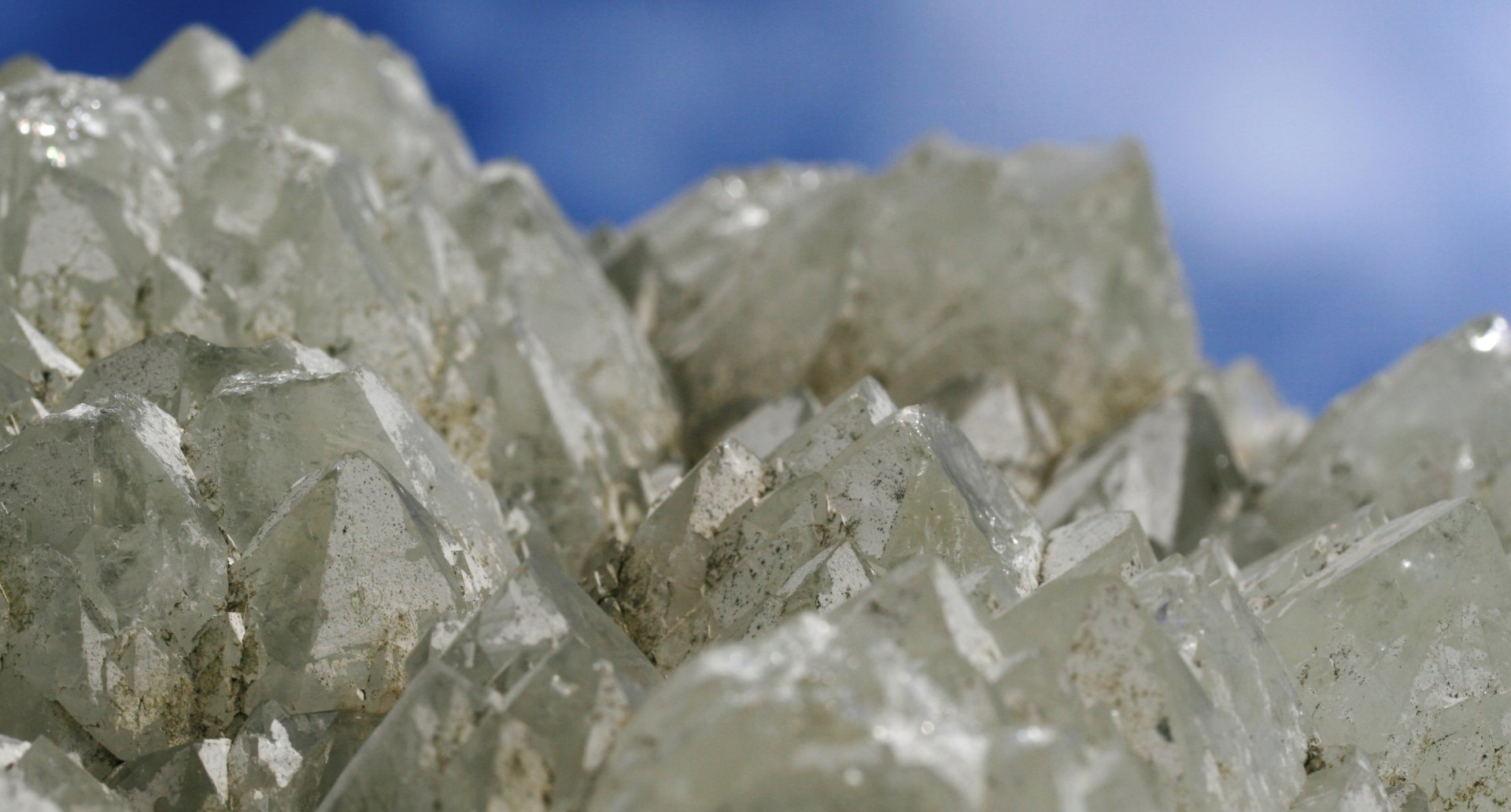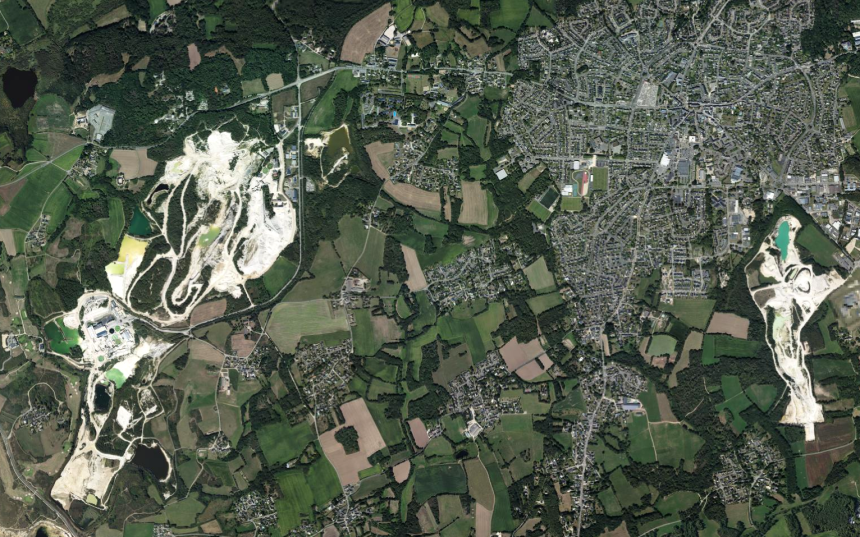Stone : quartz
Type : mineral
Age : 304 million years
Quarry : Kergantic, Ploemeur (Morbihan)
Quartz
This geode features beautiful quartz crystals. It comes from a large vein located in the Kergantic quarry, where kaolin, a white clay, is extracted. Quartz is the most abundant mineral in the continental crust and is composed of silicon and oxygen (SiO₂). It is known for its high resistance to weathering.
Kaolin: The Product of Granite Leaching
Kaolin mainly forms from the alteration of feldspar-rich rocks, such as granite. Granite is composed of quartz, micas, and feldspars. Feldspars are particularly vulnerable and transform into clay minerals. This transformation is driven by the circulation of hydrothermal fluids ( 550°C) through fractures in the granite massif near the end of its emplacement. The silica released during this process is what forms large quartz veins. Later, about 38 million years ago, Brittany’s tropical climate intensified the kaolinization of the massif.
Blank Page and Ceramics
Kaolin is used in a wide range of industries. It is a key ingredient in paper production, ceramics, rubber, paint, certain plastics, fiberglass, and more. The first porcelains were made in China 1,800 years ago, using white clay from a "high hill" — Kao Ling in Chinese.

France’s Largest Kaolin Deposit
Kaolin from Ploemeur has been mined since 1904, and it is the largest deposit in France. The operating company, Imerys, extracts 60,000 tonnes of kaolin per year. From 1 tonne of raw material, you get approximately:
- 250 kg of kaolin (one quarter)
- 50 kg of white micas
- 550 kg of quartz-rich sands
Besides Brittany, kaolin deposits have been or are also mined in Drôme and Allier departments of France.

